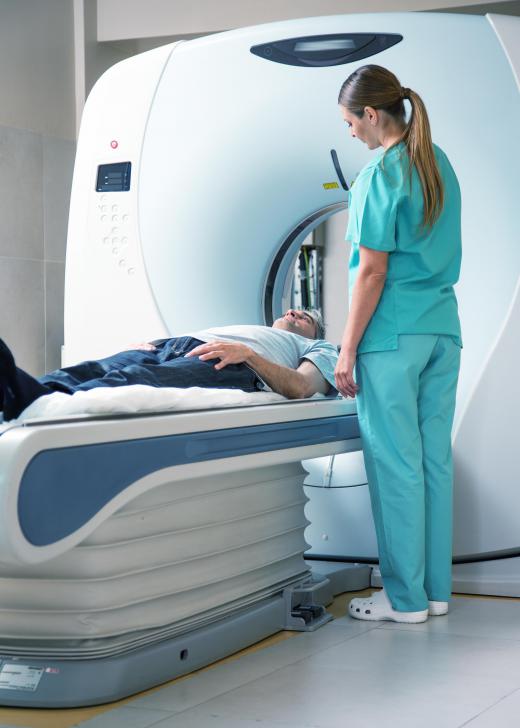What Is a Cryostat?
The word cryostat is a word of compound meaning from the roots cryo, which means cold, and stat, which means static or stationary. A cryostat is an instrument used to sustain very low temperatures at -238 degrees Fahrenheit (-150 Celsius) or below, for many medical, engineering, and scientific uses. The chemicals to maintain these temperatures are baths of liquid helium for tissue specimens or liquid nitrogen for cryonics patients. The inner vessel of a cryostat is similar in construction to a vacuum flask; and there is a precision cutting instrument for sectioning tissues known as a microtome inside the freezer portion of the cryostat.
There is a metallic coldplate in contact with the liquid helium bath inside of a cryostat upon which tissue specimens can be stored. As a vacuum pump over the helium evaporates some of the helium isotopes into vapor, there is a heat release in the process that keeps the liquid temperatures low, and superinsulation materials in layers of shields around the liquid bath isolate the liquid and keep it cool. Some cryostats are replenished with more liquid helium from storage dewars and other models of cryostats have an attached mechanical refrigerator which siphons out the helium vapor, recools it for reintroduction in liquid form once more, in a closed-cycle operation. Multistage cryostats can achieve temperatures lower than regular cyrostats using dry dilution or magnetic refrigeration in addition to cooler isotopes of helium in a special pot inside the mixture.

Cryostats can be found inside of magnetic resonance imaging (MRI) machines used to keep the superconducting magnet’s bobbin of superconductive wire in a superconductive status so that the wire has no electrical resistance. The bobbin is immersed in the liquid helium and this helium’s vapor is refurnished in the closed-cycle design from an attached refrigeration unit. Cryostats also are used to slice and store tissue specimens in medicine and portable cryostats of this type can be run off of generators or vehicle inverters to keep them cool for transport of tissue specimens. The slicers can slice as finely as one micrometer for slide examination under microscope.
The most common use of frozen sections is for examinations during surgeries. The reasons for this practice can be if a tumor seems to have metastasized, any suspected metastasis is rushed to cryosection to confirm and if so, the surgeon may stop the surgery. Another use is in exploratory surgeries and an excision from an internal lesion may identify the cause of the patient’s symptoms. Frozen sections also can sometimes reveal antigens of diseases that have been masked in usual formalin solutions. When dealing with sentinel node surgeries, a surgeon may excise tumor tissue for a benign or malignant verdict, before deciding if further lymph node removals are necessary.
AS FEATURED ON:
AS FEATURED ON:











Discuss this Article
Post your comments